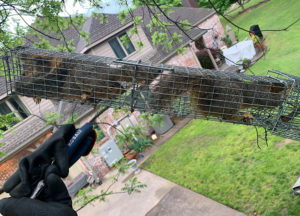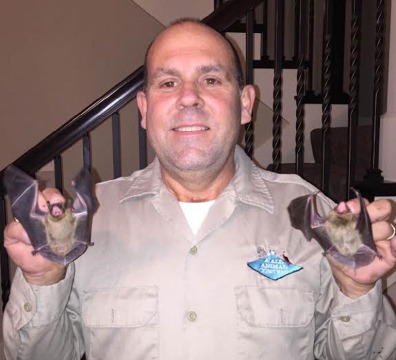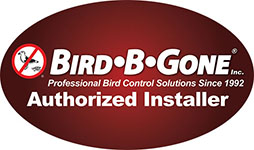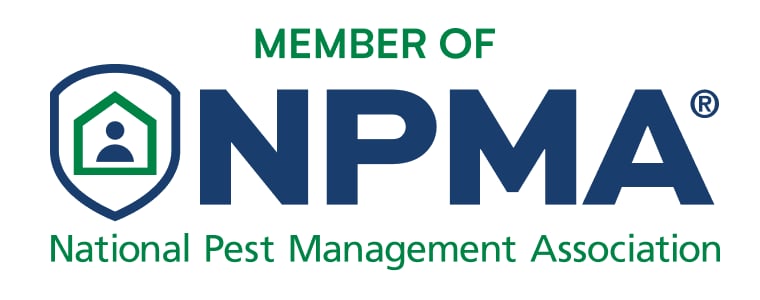If you’d still like to try yourself, it’s important to lay out unarmed traps so that your squirrels get used to them and learn to accept them as a normal part of their environment.
When they see other animals safely interacting with the trap, they begin to trust it. Consider a pre-trap period of 2-3 days to give your squirrels enough time to acclimate.
What is the best way to trap a squirrel?
Once again, we want to reiterate that it is always better to seek out professional help when trapping animals.
The pros at AAAC Wildlife Removal are qualified to trap squirrels, and have the most experience to properly set the trap locations, bait the traps, check them regularly, and remove the squirrels safely.
Single catch traps tend to be the most effective when you set them near banks and burrows. Leaving the sides revealed invites squirrels to examine the ‘burrows’ more closely.
In places where it’s difficult to get ground traps set up, it is also possible to set traps in trees.
Trap Deployment
At the selected site, level an area of ground where you need to put a trap. Lay it so the mesh floor of the trap is flush with the ground. If you have one, use a metal ‘bait plate’ joined to the lower part of the trap to limit bait loss due to other rodents.
Secure the trap by fastening it down, and leave the trap with the entryway held open. At this stage, the trap should be ready.
For at least five days it’s important to bait the trap without arming it so local squirrels know that there’s a food source available.
Every day check the trap and see if the bait is being eaten.
Corn or pecans make great bait. This pre-bait period also lets you know if squirrels are in fact coming to check the traps and if you have found a good location.
Checking Traps
After the multi-day pre-baiting period has passed, set the trap. Make sure that the trap functions properly, and then place a few bait pieces at the rear of the loop and the passageway.
When a trap has been set, check it once a day. If you have a lot of animal activity you should check it a few times a day.
When should you trap?
The best season for catching brown squirrels is between March and September, when their regular food is scant. During Autumn, the accessibility of nuts, berries, and leafy foods fundamentally decreases the likelihood of catching squirrels. Their scavenging behavior tends to be restricted during the Winter.









